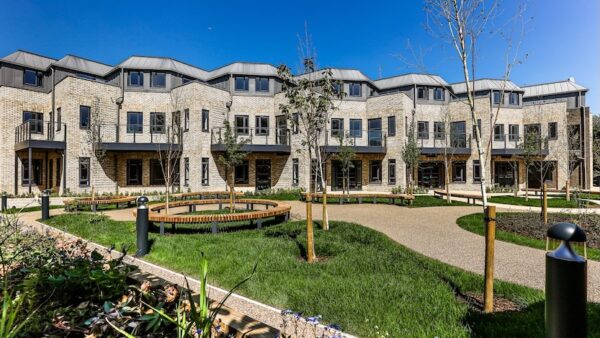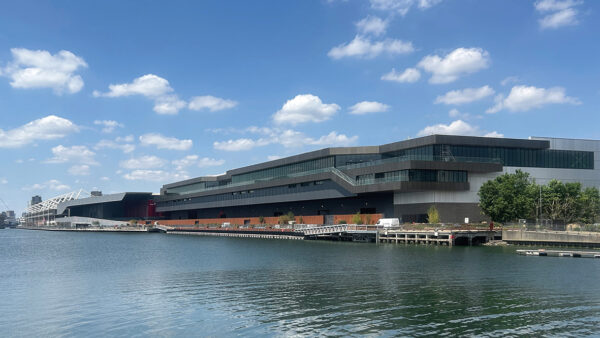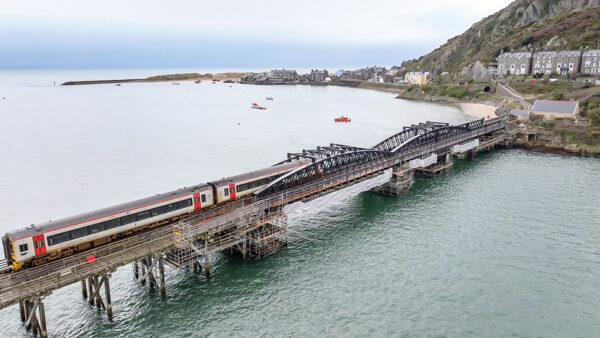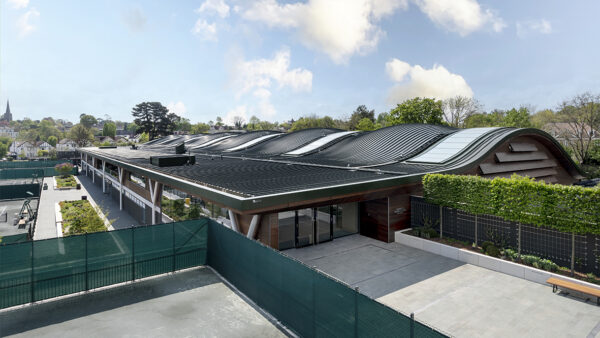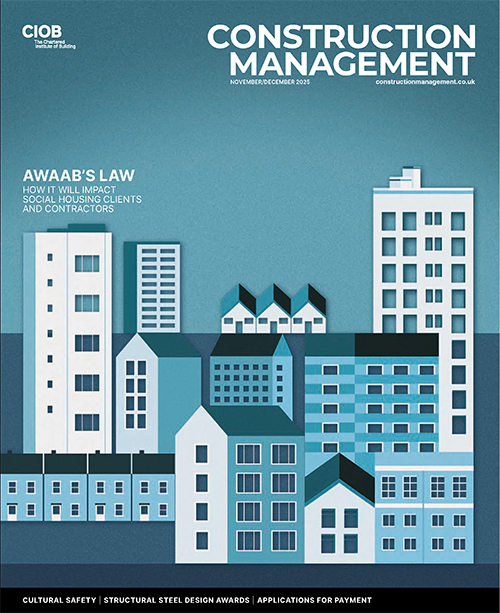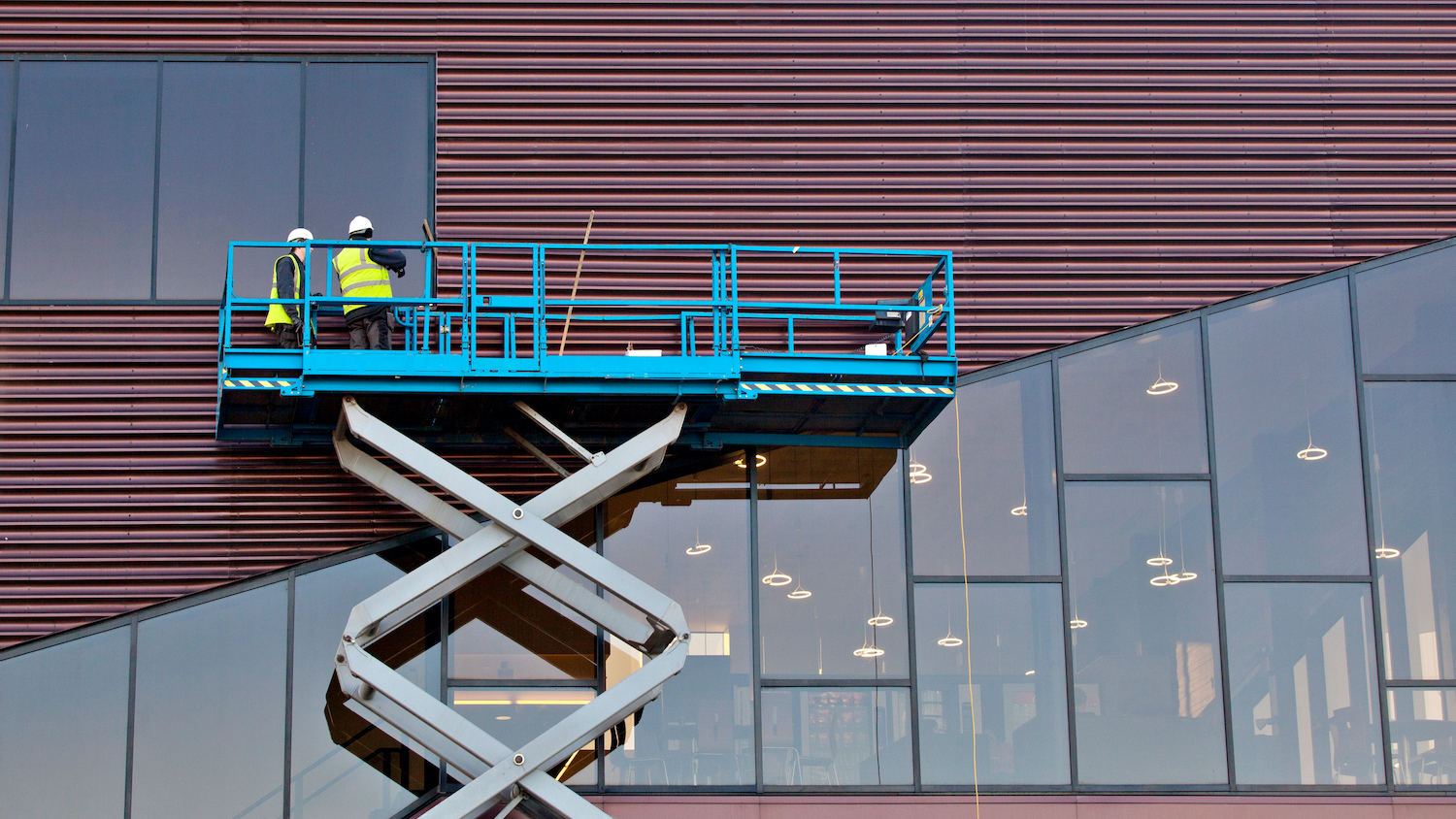Building facades are not supposed to be noisy. Matthew Harrison explains why they sometimes whistle and hum – and how this can be mitigated through careful facade design.
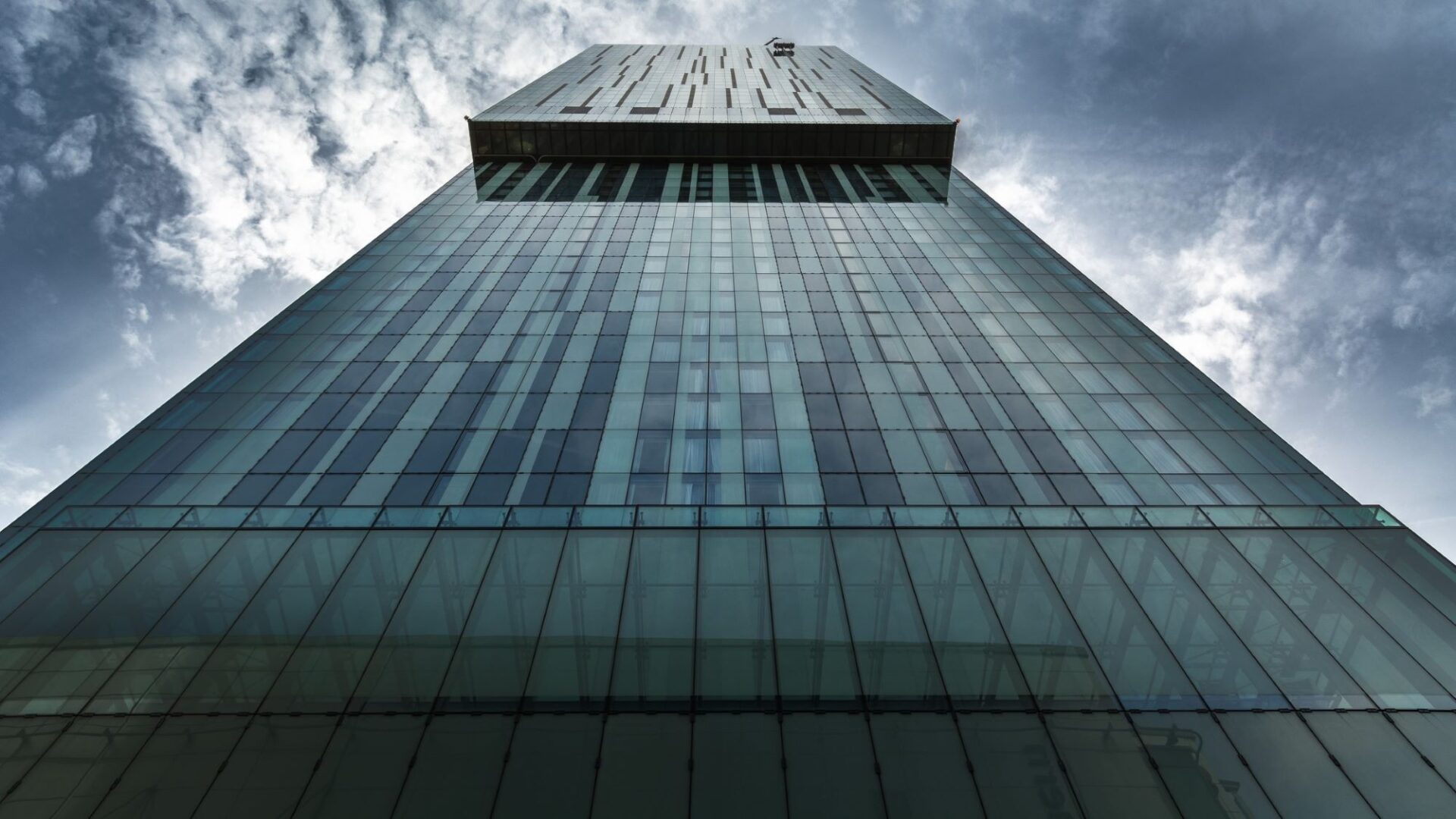
Building facades do more to articulate an architectural expression than any other building characteristic and, on new builds, can often be the second largest tender by value, after building services.
However, without the right engineering analysis, there is a risk that the facade will get the building noticed for all the wrong reasons. Manchester’s Beetham Tower is one example of a building that has whistled and hummed in high winds.
Despite acoustics being listed in performance requirements as standard, the noise generated both inside and outside the building by facades can easily be overlooked.
Analysing the risk
Wind noise from facades can be predicted, at some cost, by high-resolution computational fluid dynamics (CFD). However, for most facade projects, placing a section of facade in a wind tunnel and testing at different wind speeds and directions is a more practical way of assessing the risk of wind noise.
Low-frequency humming presents the highest risk of all because it is a sound that can travel hundreds of metres over unobstructed ground, so a wind-induced hum can be heard across a whole neighbourhood. Creaks and whistles generally only impact on the occupants of a few rooms at a time, and the building’s glazing often creates a sound-reducing effect.
Humming is more difficult to model in CFD than broadband noise, which is sound energy distributed over a wide section of the audible range, such as the rustling of wind in trees. Humming is also harder to test in a wind tunnel. However, there are good-practice design principles, outlined in the following sections, that should be followed.
Understanding material choice impact
Sun and wind effects are risk factors for facade noise, but they are hard to predict, which is why an internet search will reveal several high-profile examples. Understanding the impact of materials choice, as well as those that bring higher noise risk, and how different types of noise are generated and sustained is key (see below).
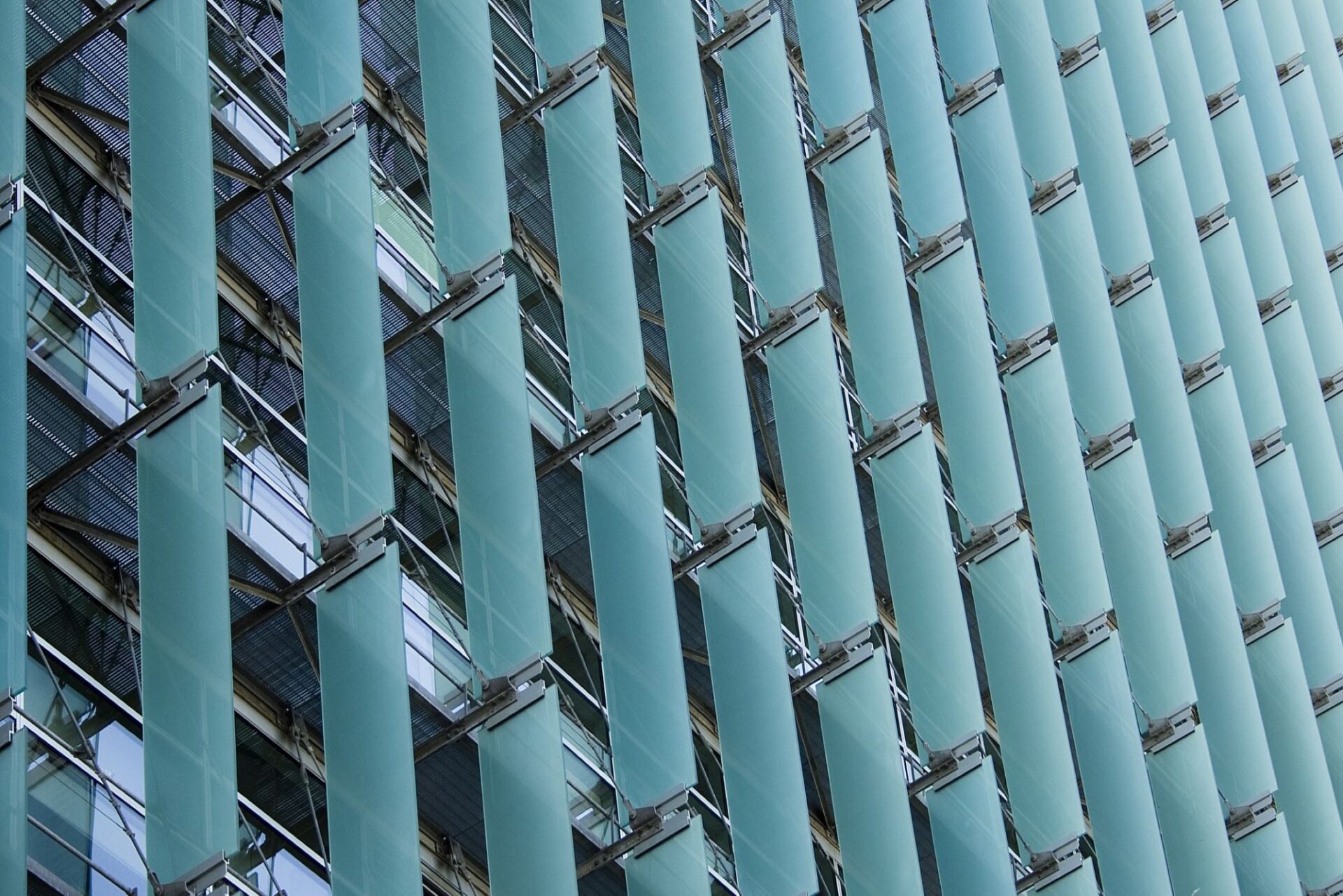
Aluminium stick framing is a versatile way of constructing facades on site from a kit of aluminium extrusions. These push-fit together or use localised fixings, but any tiny misalignment produces high static friction in the joints.
If the components are exposed to sun at an oblique angle, the components can heat up at different rates. Stresses build up at the joints due to differential expansion until the point at which the joint “slips”. This movement might only be a few hundred microns, but is enough to make a “creak” or even a “snap” noise.
Complaints from occupants can follow because they worry the facade is not properly fitted. This is unlikely to be the case – a minor design issue relating to the joints is more likely.
Self-generated noise
Panelised facades with shadow gaps, perforated rainscreens and balustrades are also all prone to aero-acoustic self-generated noise. Commonly referred to as “wind noise”, this can be broadband, a whistle – similar to telephone wires “singing” in the wind – or it can be a low-frequency hum.
The causes of all three are similar and result from wind-induced airflow separating over a surface, which creates a trail of vortices in its wake. The spatial pattern of varying pressure formed by these vortices is what makes the noise. Vortices on their own are relatively inefficient sources of sound, but when a feature in the facade provides an amplification factor, problems begin.
Closely spaced vertical or horizontal details with even spacing should be avoided in facade design, particularly when these are in long lines such as in a set of railings in windy locations. Rods, round or square in cross section, in front of a cavity or plenum create a risk of cavity flow feedback.
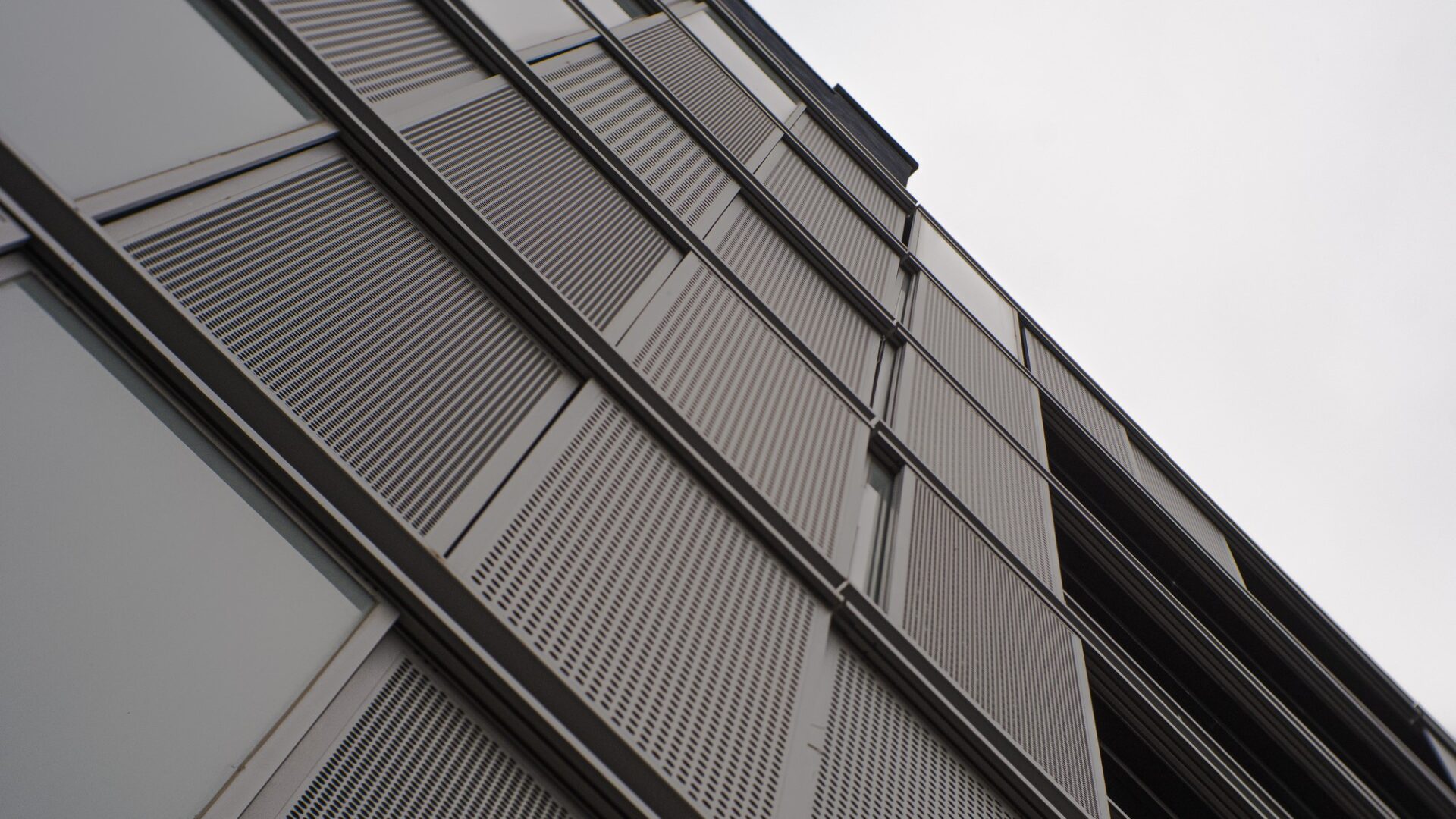
Examples of where this might occur include rooftop screens that are placed in front of plant. Noise issues can be mitigated through use of louvres and by the fitting of a fine porous mesh, such as an insect screen, behind the louvre blades to dampen vortex creation by forcing air flows to squeeze through small holes.
Future challenges
Clients place value on both sustainability and having a visual identity for their property, but achieving both without adding aero-acoustic issues will continue to be a challenge.
Climate change will drive the fitting of more shading structures to the outside of buildings to avoid overheating, while architectural design will always seek to push boundaries. The role of professional facade engineers has developed considerably over the last 30 years – and it looks set to be a skill that will be in demand for many years to come.
Matthew Harrison is technical director for engineering science at Mott MacDonald.
The science of sound
Understanding the difference between how some sounds are generated and others amplified is key to assessing the risk of facades causing unexpected performance issues.
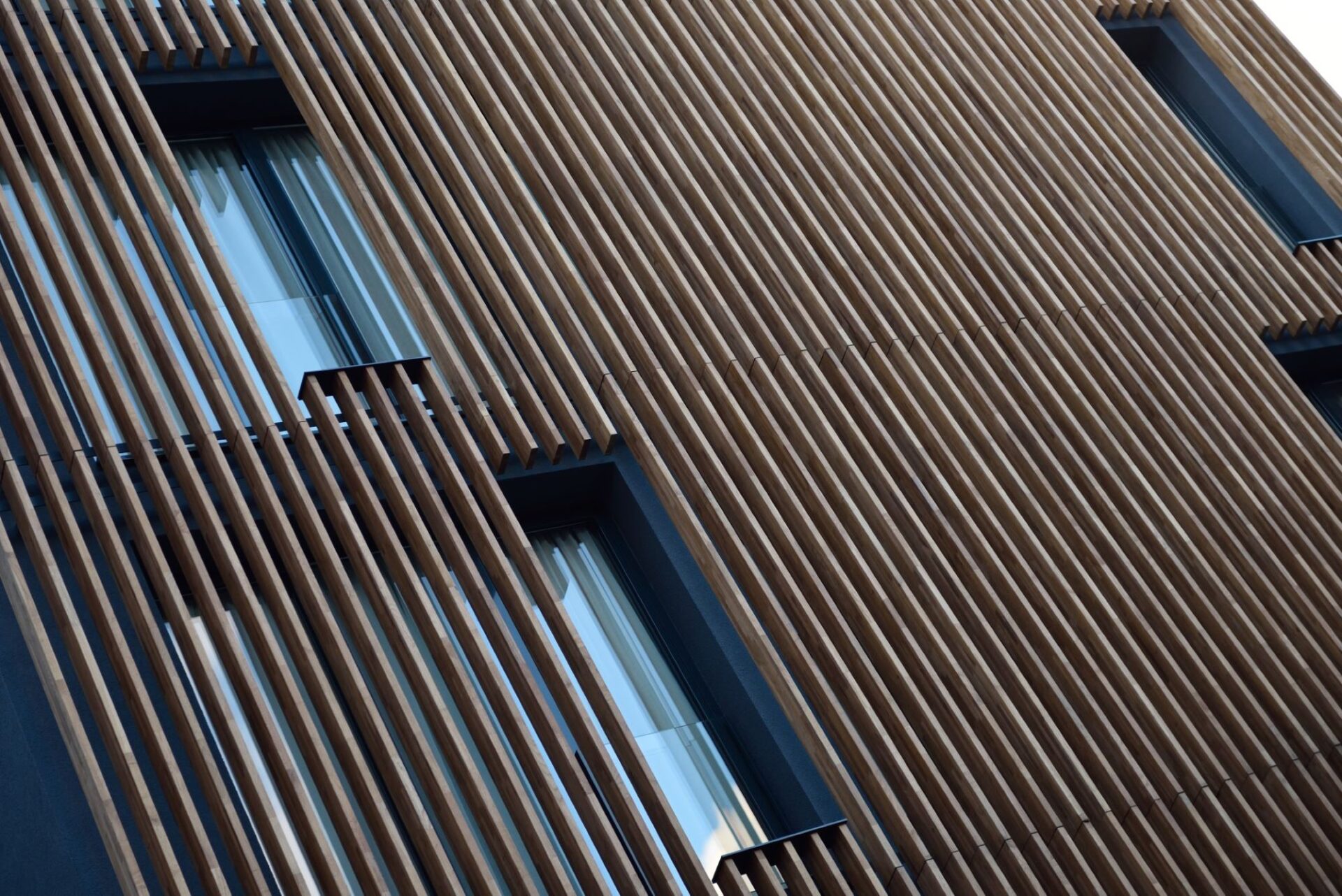
Humming can be both loud and sustained for many seconds, whereas the audibility of whistles and broadband wind noise tends to vary. This is because humming is created by naturally occurring feedback mechanisms. This means that a flutter in the airflow creates a sound in its wake that is intense enough to trigger the next flutter. A series of flutters builds up, each equally spaced in time according to the nature of the acoustic feedback and a hum develops, grows and is sustained.
The two most common feedback mechanisms are 3D wake interactions and cavity flows. The former occurs where closely spaced structures each produce vortices that then interact with each other in the flow wake. This requires space to form.
Cavity flows form where vortices shed over a surface collide with the surfaces of a cavity behind, triggering a pressure pulse at the cavity surface great enough to trigger the timing of the next vortex formation. These can occur in confined spaces, although the bigger the cavity, the lower frequency and the more intense the hum.





